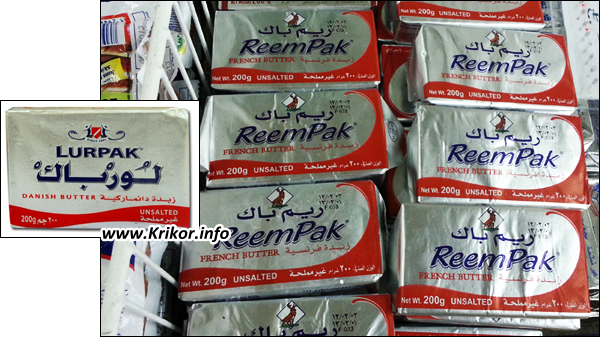 I just finished reading Brandwashed, an amazing book by Martin Lindstrom, a worldwide renowned marketeer.
I just finished reading Brandwashed, an amazing book by Martin Lindstrom, a worldwide renowned marketeer.
Martin takes you in very deep places on how brands we use are brainwashing us, the consumers, everyday.
On a personal experience, Martin tried hard to get away from his brands, the brands he is using everyday, but could not resist and came back using them. He is also showing how consumers get attached to brands because of fond memories and nostalgia, how brands are creating everyday different techniques to make us want them, to inspire us going into stores and getting them from shelves even sometimes without thinking.
Book foreword by Morgan Spurlock
From the bestselling author of Buyology comes a shocking insider’s look at how today’s global giants conspire to obscure the truth and manipulate our minds, all in service of persuading us to buy.
Marketing visionary Martin Lindstrom has been on the front lines of the branding wars for over twenty years. Here, he turns the spotlight on his own industry, drawing on all he has witnessed behind closed doors, exposing for the first time the full extent of the psychological tricks and traps that companies devise to win our hard-earned dollars.
Picking up from where Vance Packard’s bestselling classic, The Hidden Persuaders, left off more than half-a-century ago, Lindstrom reveals:
New findings that reveal how advertisers and marketers intentionally target children at an alarmingly young age – starting when they are still in the womb!
Shocking results of an fMRI study which uncovered what heterosexual men really think about when they see sexually provocative advertising (hint: it isn’t their girlfriends).
How marketers and retailers stoke the flames of public panic and capitalize on paranoia over global contagions, extreme weather events, and food contamination scares.
The first ever neuroscientific evidence proving how addicted we all are to our iPhones and our Blackberry’s (and the shocking reality of cell phone addiction – it can be harder to shake than addictions to drugs and alcohol).
How companies of all stripes are secretly mining our digital footprints to uncover some of the most intimate details of our private lives, then using that information to target us with ads and offers ‘perfectly tailored’ to our psychological profiles.
How certain companies, like the maker of one popular lip balm, purposely adjust their formulas in order to make their products chemically addictive.
What a 3-month long guerilla marketing experiment, conducted specifically for this book, tells us about the most powerful hidden persuader of them all.
And much, much more.
This searing expose introduces a new class of tricks, techniques, and seductions – the Hidden Persuaders of the 21st century- and shows why they are more insidious and pervasive than ever.

About Martin
True story. When he was a kid growing up in Denmark, young Martin had but one thought in his life: Lego. He hand-built and slept on a Lego bed. The family garden became his very own Legoland creation, attracting visitors from near and afar (including the lawyers from Lego).
Then, still a child, Lego installed Lindstrom onto their advisory board. And then, of all the children in the world – they gave him the very first green brick in the collection.
You’re guessing this is what got Martin started in the crazy world of branding, marketing and all things advertising. And you’d be right.
Blame it all on Lego.
Fast forward some three decades later…
Consumer Advocate Lindstrom emerges from marketing and branding jungle; he has a fresh perspective. Times have changed and a new, more enlightened, more respectful way of marketing to consumers needs to be addressed. The challenge is clear. Consumers now dictate to brands how they want to be spoken to. The king is dead. Long live the king.
In particular is the thorny issue of consumer manipulation. Most know it’s going on, this is nothing new. What is new, though, is the voice that is prepared to speak out and challenge this marketing status quo. Brandwashed, his latest bestseller, is a full-frontal exposé of the wanton trickery employed by many conglomerates, iconic brands included, to squeeze dollars out of their loyal customers. Lindstrom, using , t’s not as easy as he thinks. (When is it not.)


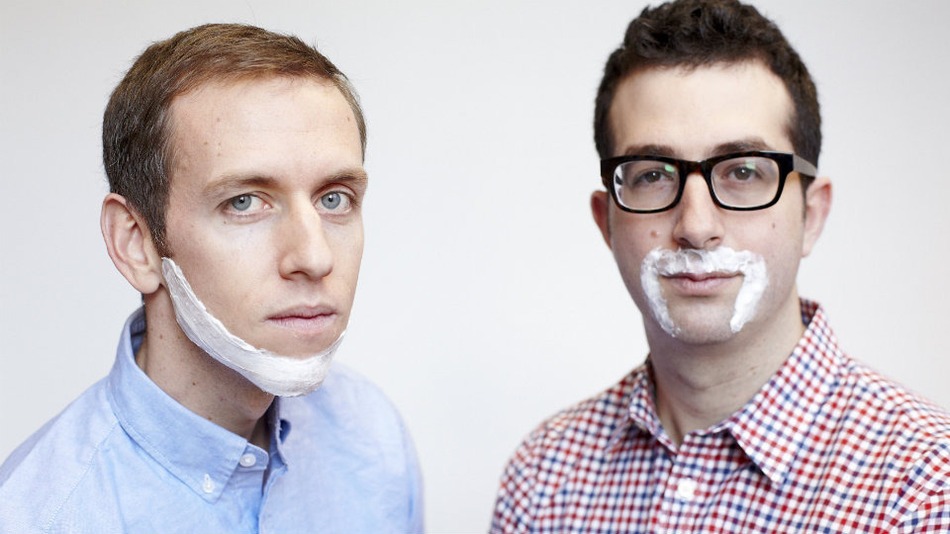
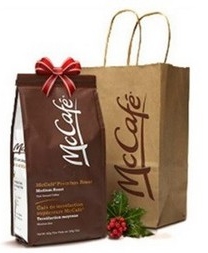 Ronald McDonald decided to enter the supermarket retail game and be present on the shelves.
Ronald McDonald decided to enter the supermarket retail game and be present on the shelves. 
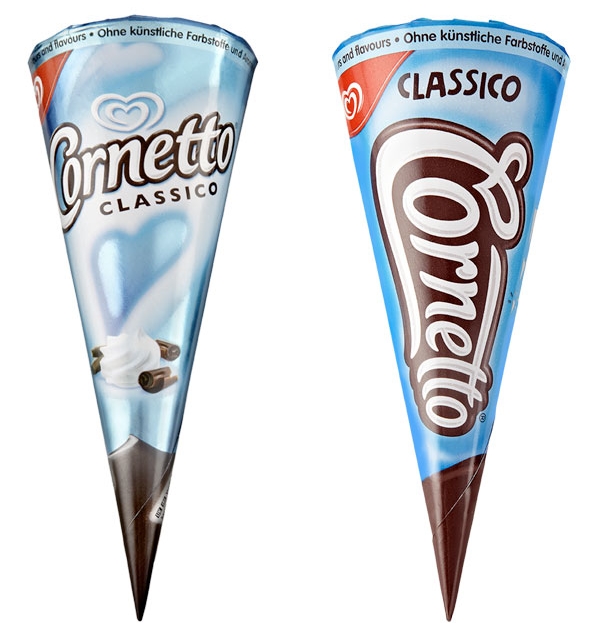
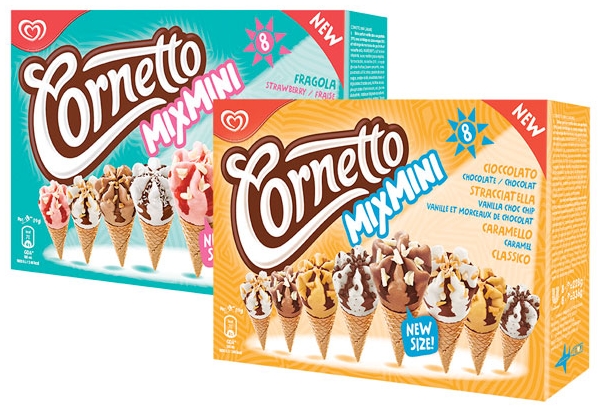
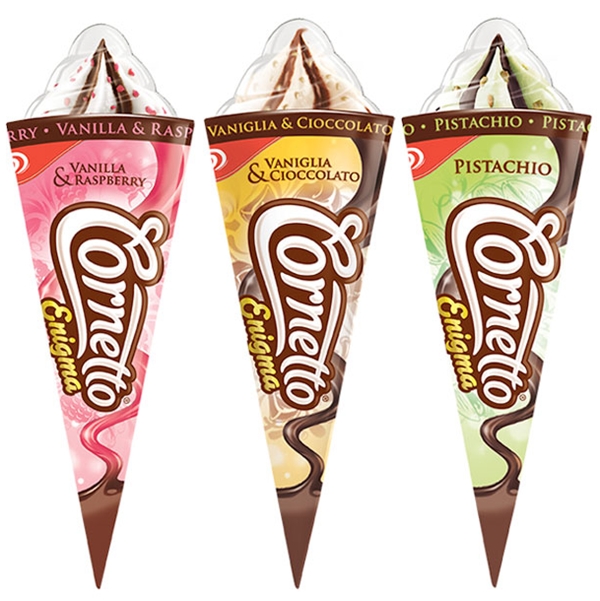
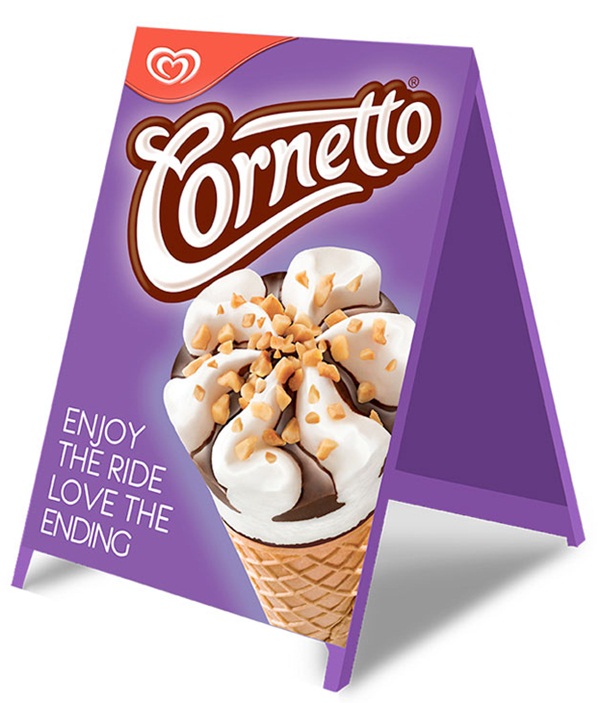
 I just finished reading
I just finished reading 
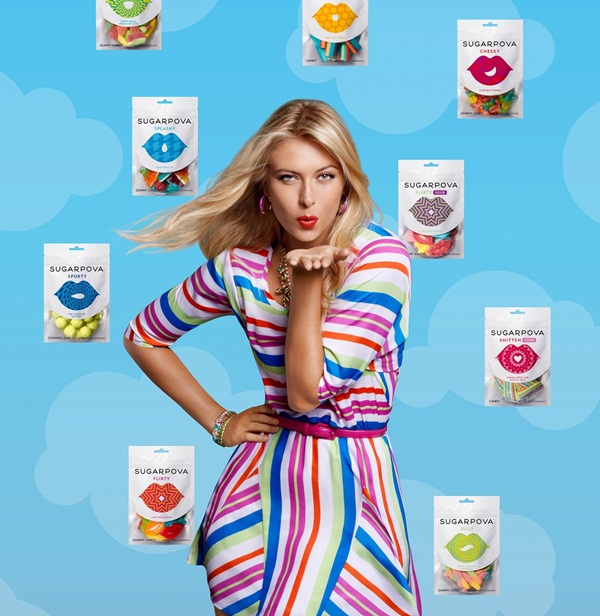
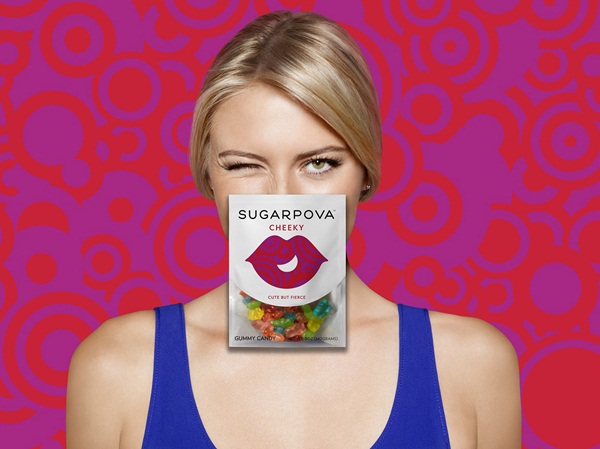
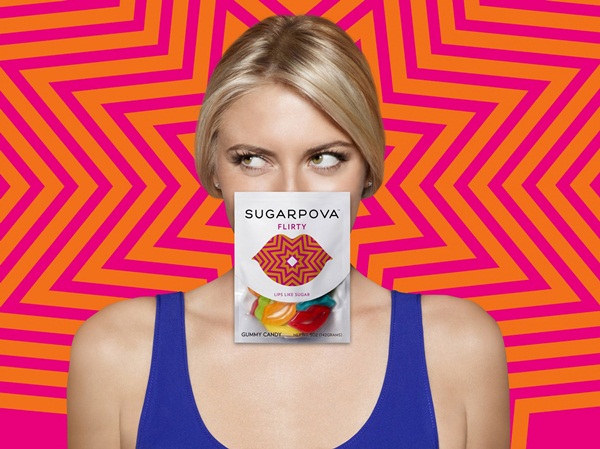

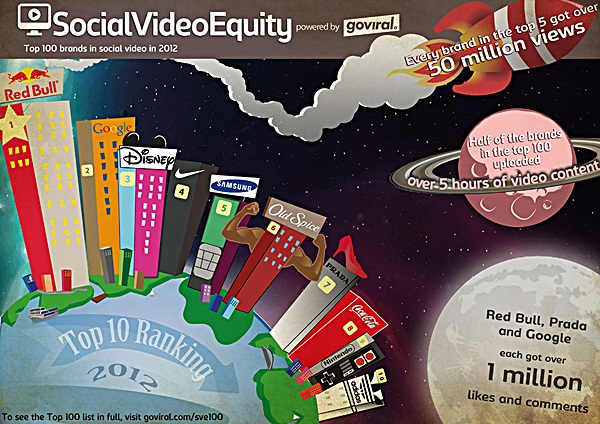
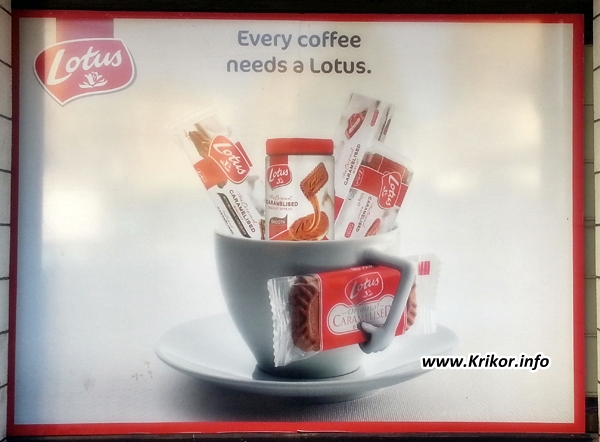
 In the retail universe, SRP and RRP mean respectively Shelf-Ready Packaging and Retail-Ready Packaging.
In the retail universe, SRP and RRP mean respectively Shelf-Ready Packaging and Retail-Ready Packaging. 
